There’s so much more to a guitar than just some strings and a fretboard. A lot of parts need to be in harmony to allow a string to move freely and without any noise and buzzing. And when you add amplification, it gets even more complicated. So Today I decided to look into the most common guitar problems, and how you can easily fix them by yourself.
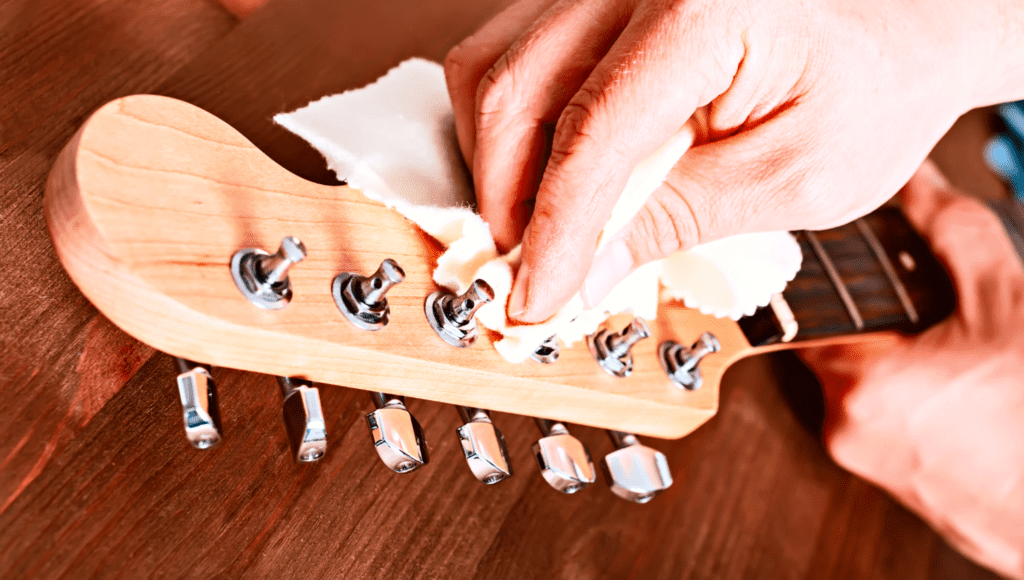
There are big differences between the problems acoustic and electric guitars have. But there are also issues that can happen on both. For that reason, I divided this post into two sections:
- General guitar problems include common problems that can occur on any type of guitar, like fret buzz, tuning stability, and similar problems.
- Amplified guitar problems include problems that are common on electric and electric acoustic guitars, and has something to do with the amplification system. Anything from humming, crackling, switches, volume differences, and more.
Table of Contents
General Guitar Problems
This section will include anything to do with the physical structure of the guitar. These problems can appear on any type of guitar, acoustic or electric. You can probably fix most of these problems with a small adjustment but might require a visit to your guitar tech if the problem doesn’t go away.
The Sound of My Guitar is Getting Dampened Over Time
Replace the strings. The average lifespan of a string is about 25 playing hours. After that, their tone starts to muff and decay. You can use coated strings or simply clean your guitar strings every once in a while to lengthen their lifespan. Some guitarists change the strings after each performance they give.
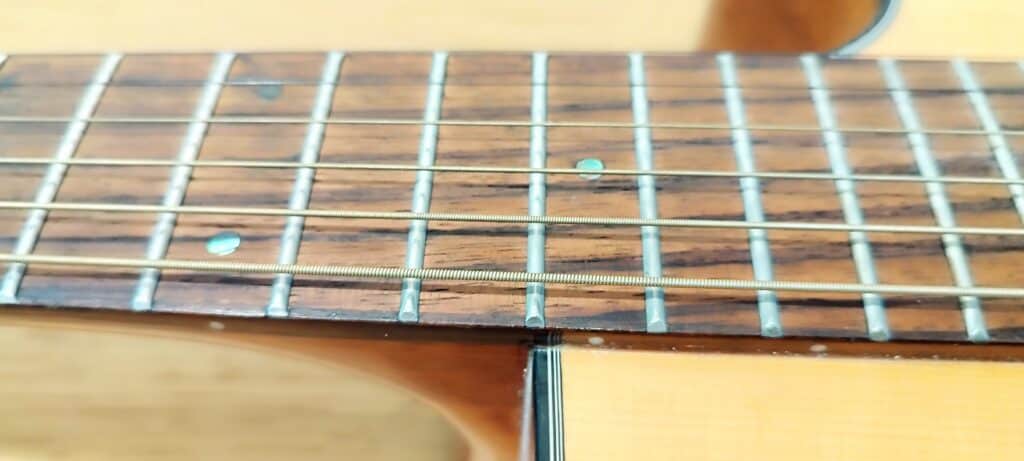
My Guitar Guitar Strings Rattle on Certain Notes
It sounds like the strings are hitting the frets. This is pretty common, and a simple adjustment of the truss rod or bridge will probably solve it. The neck of the guitar should be concave a bit. Try adjusting your truss rod. If it didn’t work, or you weren’t able to resolve it on your own, take your guitar for a setup, or perform a complete set-up by yourself
My Guitar Strap Keeps Slipping
If you think that you might’ve put your strap wrong, see here how to put on a guitar strap. If you put it right, consider using strap locks.
Strap locks clip into place, making sure the strap can’t come off by accident. There are a few types of strap locks, and you can read more about them here.
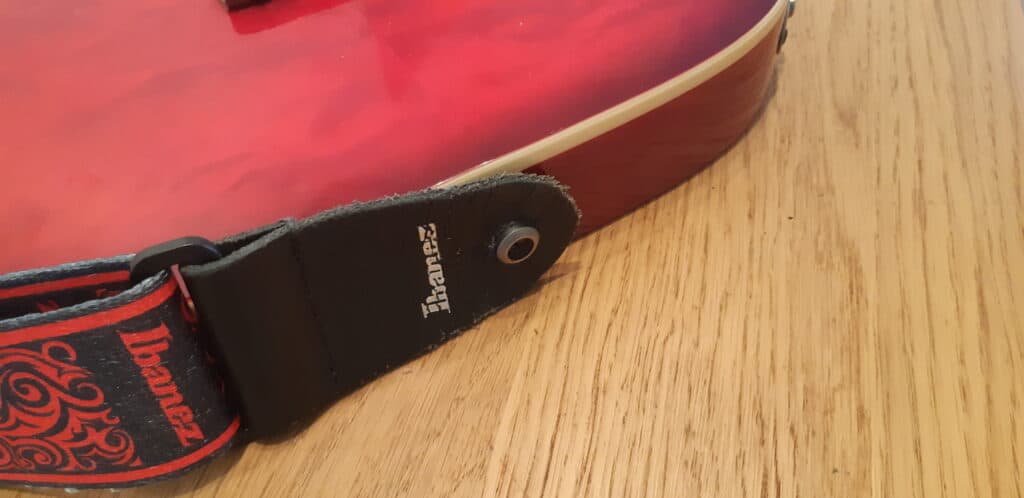
My Guitar Doesn’t Stay In Tune
Check your tuning pegs, are they broken? You can try tightening them with a screwdriver. If that doesn’t work you might need to replace the tuning pegs. To be safe, take a peg with you to the store to make sure you’re getting the correct ones, or look online for replacement tuning pegs that fits your guitar specifically. This could also be an opportunity to upgrade them.
My Guitar Strings Are Snapping While Tuning Or a Short Time After
Sometimes there’s a sharp edge on the tuning peg, nut, or bridge. This cuts the string (or weakens it enough so it breaks easily) as it were when you’re tuning the guitar. The solution is to file down the edge.
If it happens on a guitar with a Tune-O-Matic bridge, try top wrapping your strings. It will most likely solve this problem
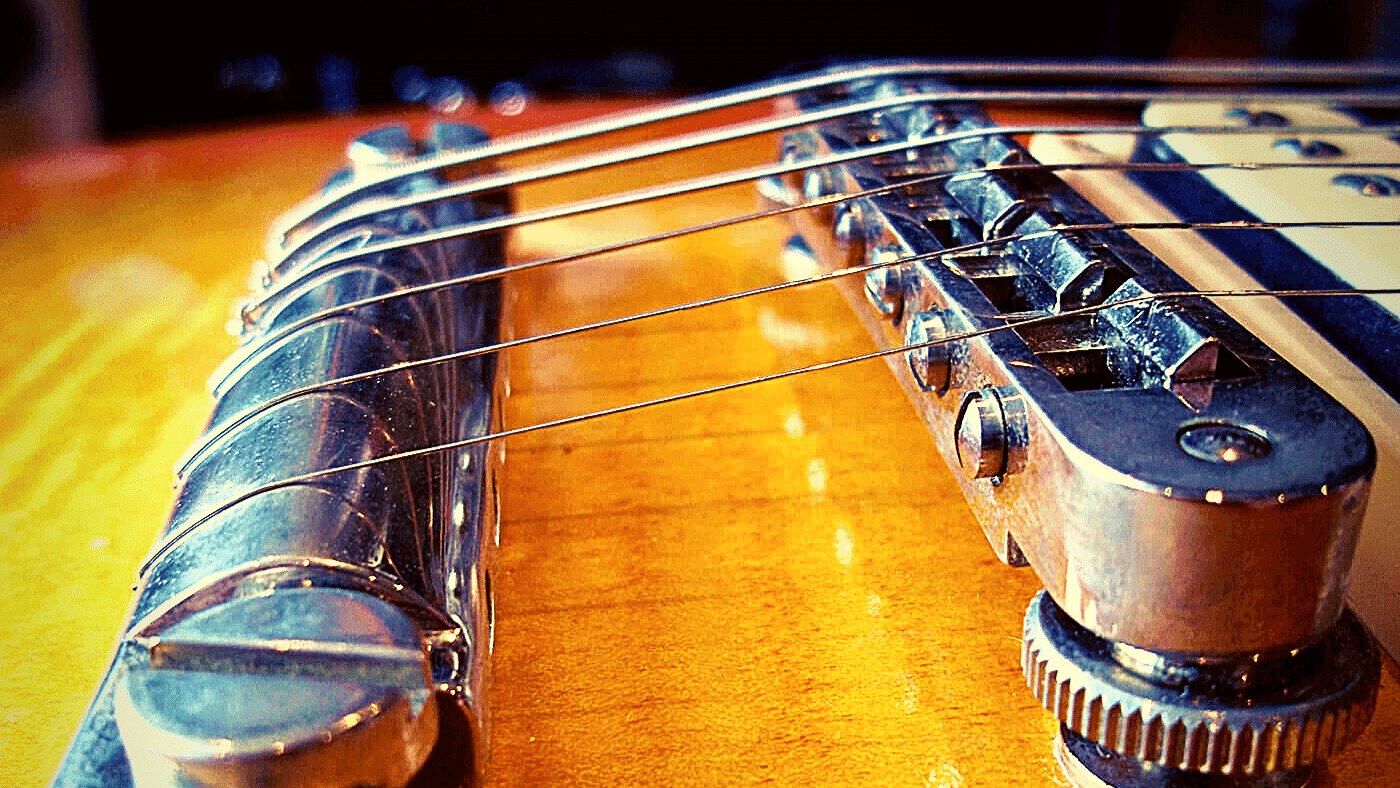
I Need to Press Very Hard to Get a Clean Sound
This is a very common problem many guitars have, the action on the strings is too high. Adjust the neck of the guitar to get the optimal distance between the frets and strings. You can adjust your action by lowering (or raising) the bridge, and by adjusting the truss rod. It’s a normal thing to do every once in a while, and it’s also done regularly during a guitar setup. Also, check if you’re not using strings that are too thick. The thicker the string, the more force you’ll have to use to get a clean sound out of them.
My Guitar Sounds Out Of Tune
If your intonation is accurate, look into the frets themselves. In some cases, a guitar has large frets which may cause it to sound a bit off. Also, when you play, try to use as little force as possible to get a clean sound. That way, you don’t “bend” them too much when you press them.
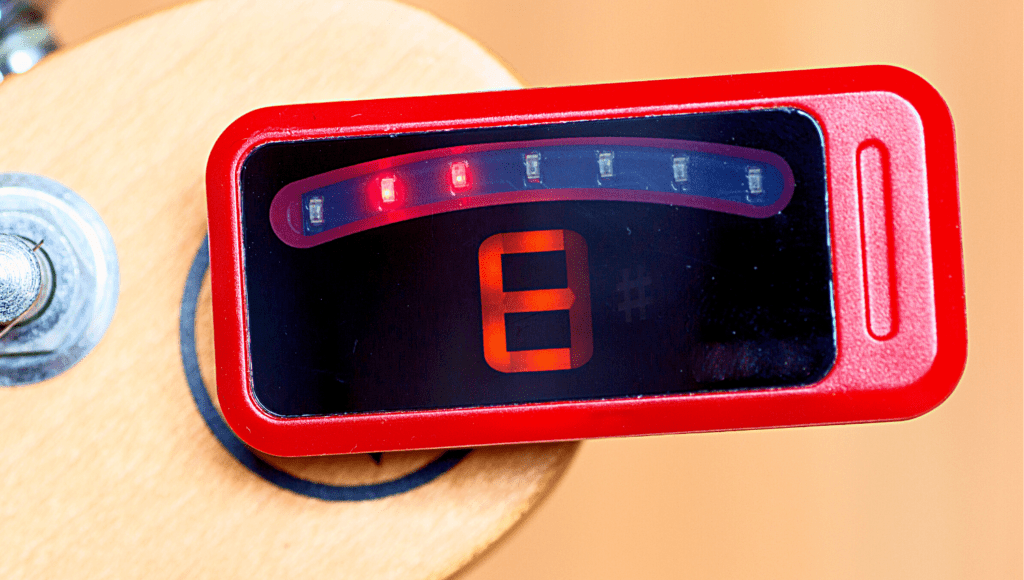
My Guitar is In Tune But Doesn’t Sound Right
You need to set your guitar’s intonation. A guitar is never 100% clean on all notes and keys. This has to do with the way guitars are built. You can make sure the overall sound of the guitar is clean. Make sure you’ve tuned the guitar higher on the neck by making use of harmonics.
To do that, compare the note you get by pressing the 12th fret with the one you get with the 12th fret harmonic. If they are different, it’s an intonation problem, which is quite common on a guitar. Intonate your guitar by moving the bridge saddles backward or forward.
Amplified Guitar Problems
The guitar problems in this section have something to do with the guitar’s amplification system. More often than not, they’re a lot simpler to solve, too.
My guitar is Cracking as if My Cable is Broken
Try using a different cable first. If the problem remains there might be a problem with the tubes in your guitar amplifier. When they degrade or even break, they start producing a sound that’s very similar to a broken cable. Replacing the tubes is your solution here.
It could also be that your guitar just have a loose wire somewhere. Unscrew the output and check the connections for broken soldering and loose connections. If you didn’t find any, spray some contact cleaner, if you did, reattach the loose wires by soldering them to the plug.
Pay attention! Remove the guitar cable from the guitar first!
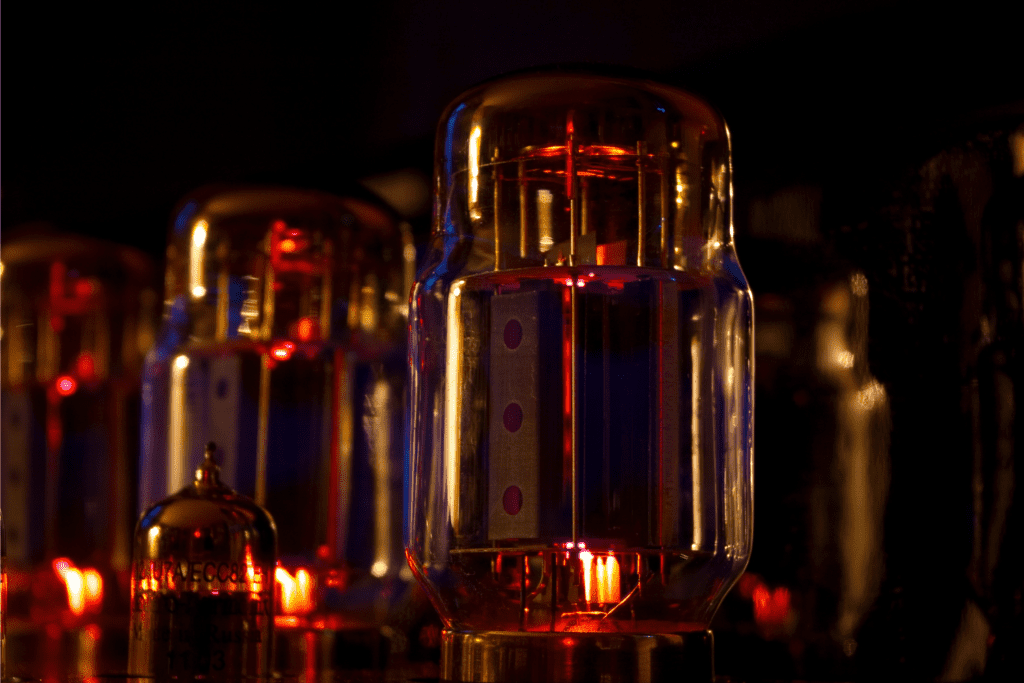
My Guitar’s Volume is Very Low or Completely Gone
There’s a good chance you’re playing with an active guitar. This means there’s a battery in there somewhere. You need to replace it. To extend the lifespan of the battery, make sure to unplug the guitar when you’re not playing. This will disconnect the active pickup. Leave it in and the guitar will continue to use power.
I Get A Static or Squealing Sound When I Attach More Than one Pedal
Make sure you’re using an adapter with sufficient power output. If you don’t have enough power output this will degrade the sound quality.
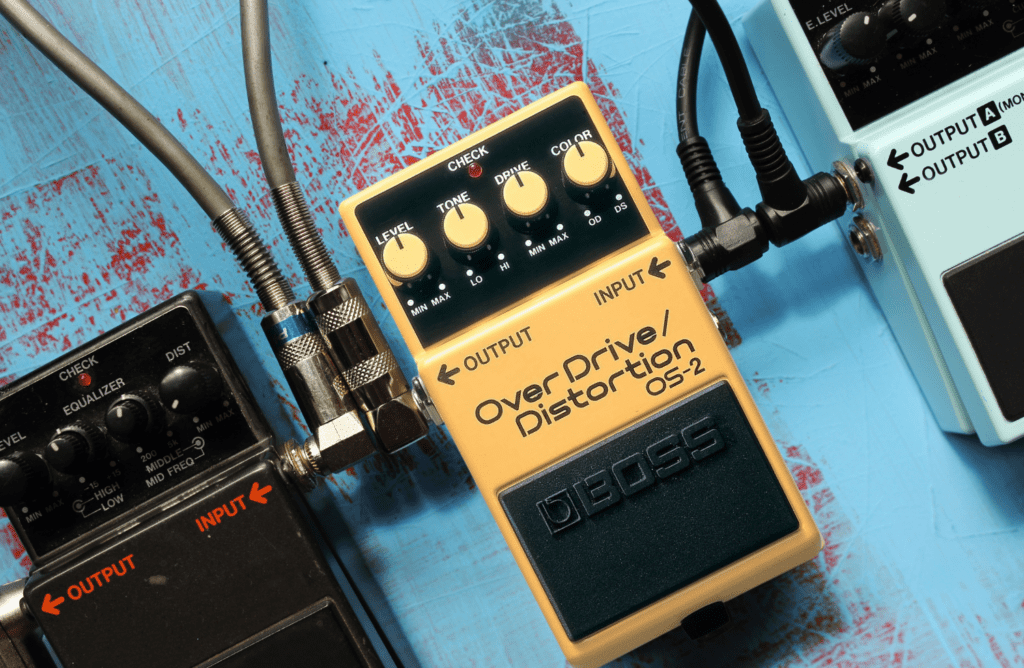
I’m getting an Annoying Hum When Playing My Guitar
A hum in your guitar is most common when using Single Coil elements. Humbuckers hardly ever experience humming. They were even developed for this reason; to Buck the Hum.
Check if your guitar amplifier is connected to a grounded wall plug. If that’s not the case the leaked current of appliances or lighting can interfere with the signal coming from your guitar. In older homes, not all wall sockets are grounded.
Try the ones in the kitchen, in most cases, these are grounded. Sometimes the guitar circuit in your guitar needs shielding. This is a job for a specialist. Ask a professional repairman for the possibilities.
The Guitar Cracks When I Turn My Volume or Tone Knobs
There’s a good chance you’re not using your volume or tone knob often. Dust has built-up inside the pot. Try turning the pots rapidly about twenty times. This forces the dust out, and in most cases fixes the problem. If not, try cleaning the knobs by yourself.
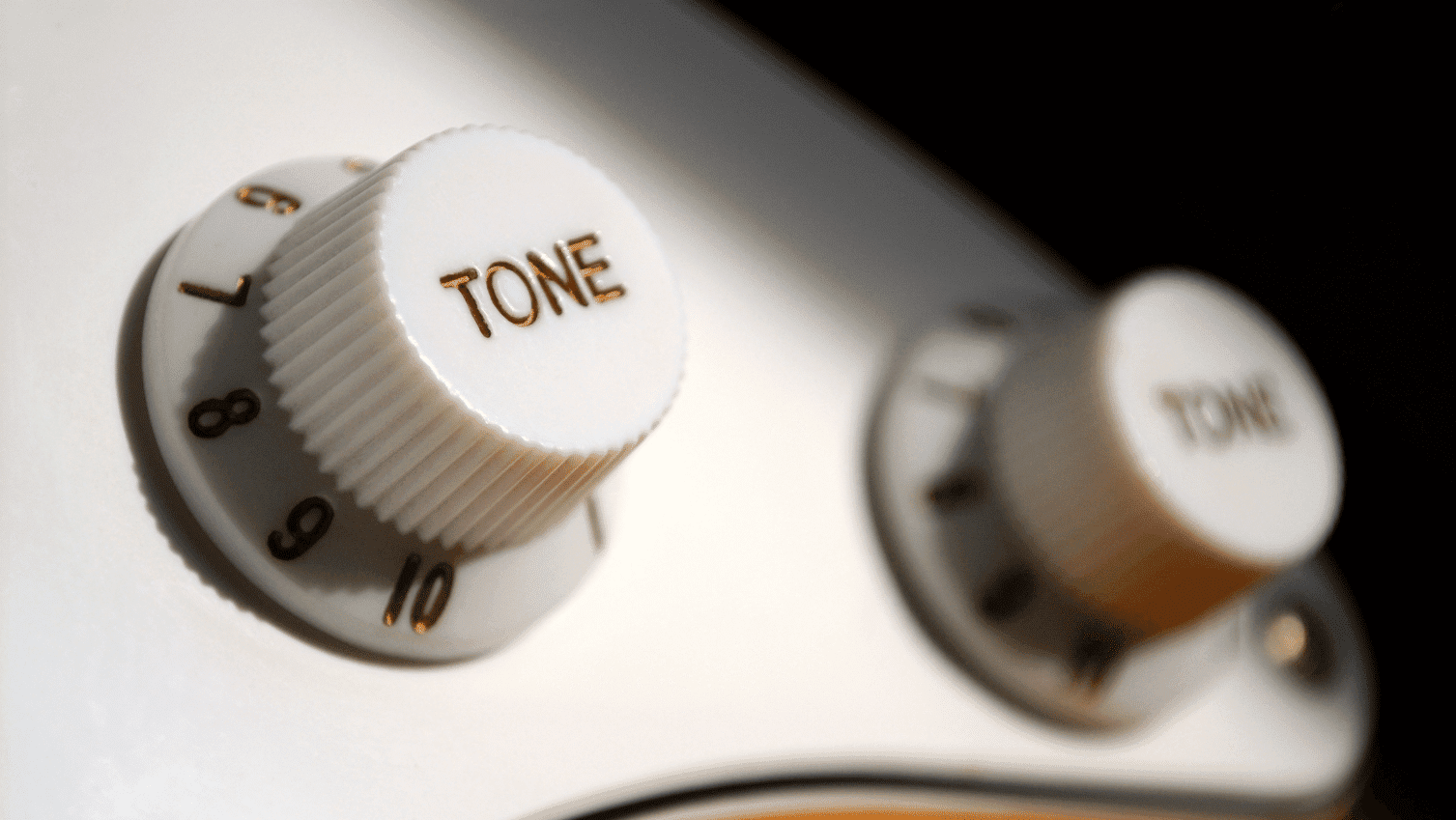
The Volume Of My Guitar Changes When I Switch Between Pickups
Take a look at the height settings for the elements. At some occurrences one element is much higher or lower compared to the other ones. With a screwdriver you can set the height of the elements by turning the two small screws on the site of the element.
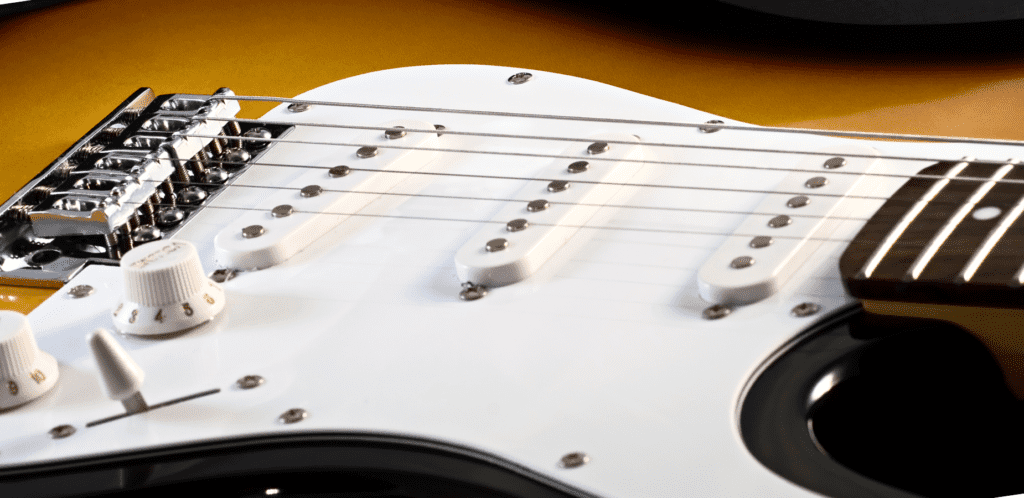
Finishing Thoughts
As you see, you can easily fix the most common guitar problems by yourself. Those who are a bit more complex will need a set up, that you can also perform by yourself.
Any problem I might’ve missed? A cool fix you want to share? Post them in the comments!
My Ibanez pm2 (when unplugged) has a rather quiet wound 4th string. any ideas for a solution?
There are many things that could cause this, from a faulty string to a saddle that collected dirt. I’d suggest you to restring the guitar and clean the area. If it doesn’t help, see if there’s anything that phisically limit the string’s movemeny (like a high point on one of the frets).